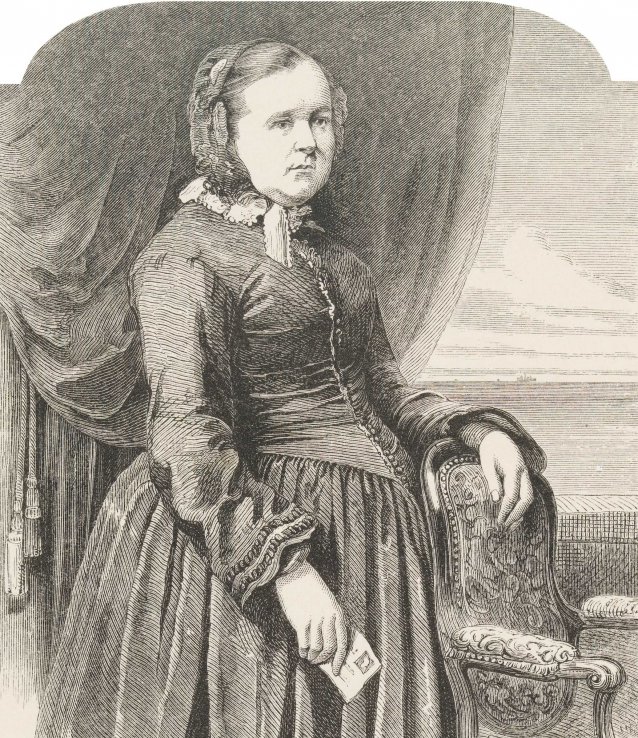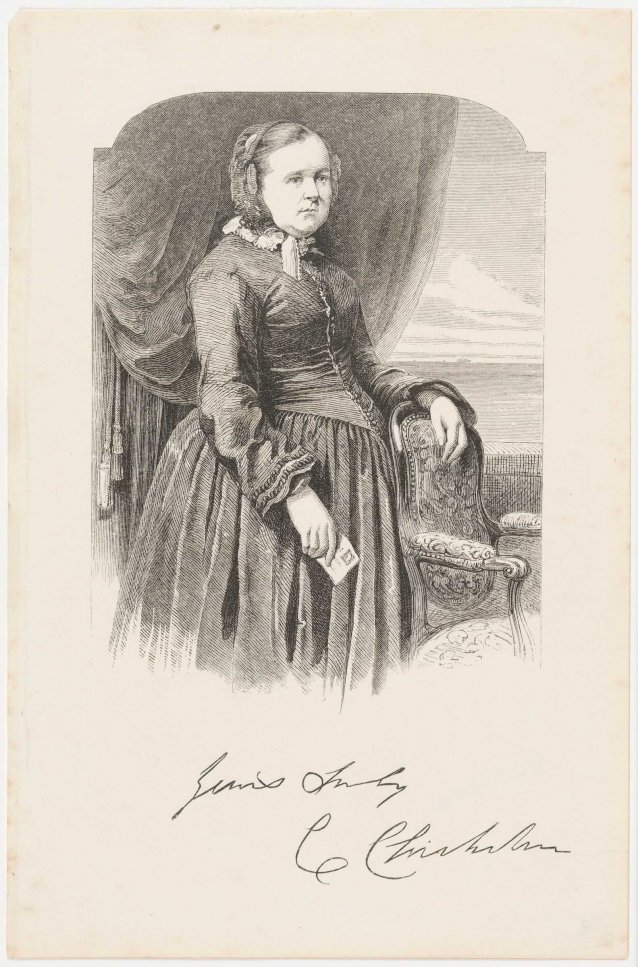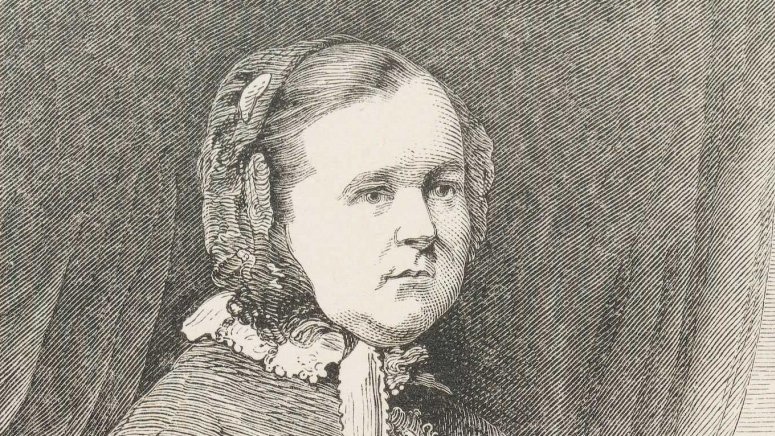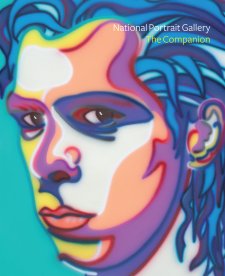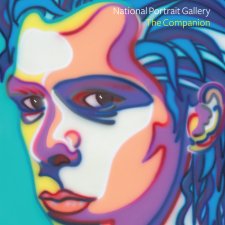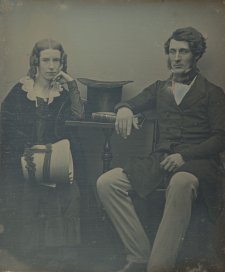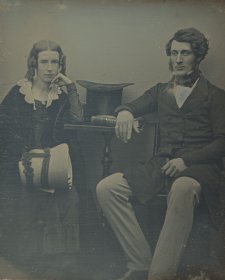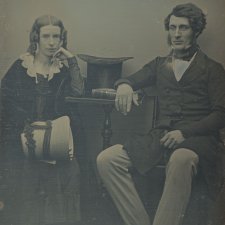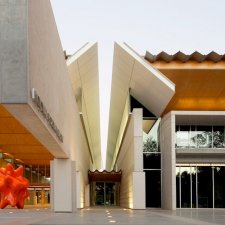Caroline Chisholm (née Jones, 1808–1877), philanthropist and political agitator, spent almost two decades working to improve conditions for immigrants to Australia. Chisholm claimed to be as young as seven when she first became interested in welfare work and gained her first experience of it having accompanied her husband, Archibald Chisholm, to India in 1833. Concerned at the lack of provision made for the daughters of British soldiers there, Chisholm opened a school offering instruction in subjects such as reading, writing and ‘domestic management’. After five years in India, Chisholm, with her husband and two sons, left for New South Wales. On arriving in Sydney in July 1838, Chisholm was shocked by the conditions faced by single women immigrants and resolved ‘never to rest until decent protection was afforded them’. She began by taking newly-arrived women into her own home and in 1841 she opened the Female Immigrants’ Home, which provided shelter and operated as an employment agency. Despite official indifference and squatters’ hostility to her plans, she led convoys of horse-drawn vehicles into rural areas, settling people on farms. By 1842, as she claimed in her publication Female Immigration, Considered in a Brief Account of the Sydney Immigrants’ Home, she had helped ‘upwards of 2,000 persons’ find homes, husbands and employment. In 1846, she returned to England, but continued her campaigns: giving evidence on colonisation in the House of Lords, lobbying for government-assisted emigration by respectable families, including those of emancipated convicts; and, in 1849, founding the Family Colonisation Loan Society. In some cases she personally supervised the embarkation of passengers on ships bound for Australia. By the early 1850s she was one of the best-known women in England and pictures of her sold in great numbers; each day she dealt with more than a hundred letters from prospective emigrants. Following up on her publication promising the availability in the colony of Meat Three Times a Day!! (1847) she published The A.B.C. of Colonisation (1850) and The Emigrant’s Guide to Australia (1853). After returning to Australia in 1854 she busied herself on the Victorian goldfields, but during her second long stay in Australia she became sick, struggled financially, opened a girls’ school and faded into relative obscurity. She went back to England in 1866 and died eleven years later.
Purchased 2001
The National Portrait Gallery respects the artistic and intellectual property rights of others. Works of art from the collection are reproduced as per the
Australian Copyright Act 1968 (Cth). The use of images of works from the collection may be restricted under the Act. Requests for a reproduction of a work of art can be made through a
Reproduction request. For further information please contact
NPG Copyright.
